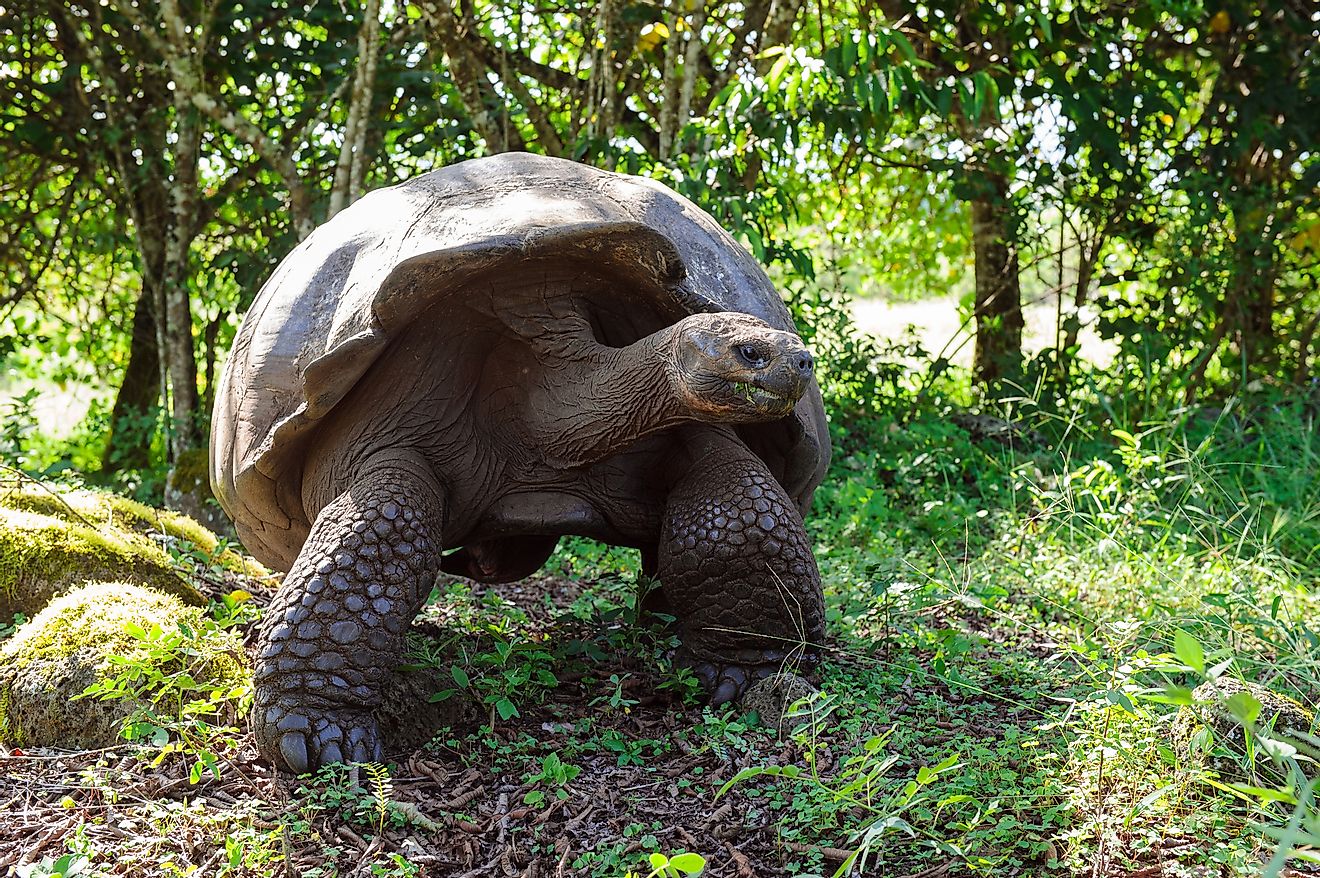What is Island Gigantism?

Island gigantism occurs when animals isolated to an island area grow drastically larger than their relatives on the mainland. The opposite of island gigantism is island dwarfism, where large animals in isolation decrease in size. Island gigantism is an evolutionary phenomenon which portrays animal adaptation to different environments at its best. The phenomenon has been widely observed in invertebrates and most major vertebrate families.
What Is The Island Rule?
Island gigantism is one concept of the island rule which was first inferred in 1964 in the journal Nature by J. Bristol Foster. Foster published a paper titled “Evolution of Mammals on Island," after undertaking a survey of 116 island-living species and comparing them to their mainland relatives. The study revealed some interesting observations such as rodents lean towards gigantism while lagomorphs, carnivores, and artiodactyls (deer and hippos) tend towards dwarfism. In summary, large species decrease in size when food is limited while small species grow big where there is no significant predation pressure. Foster's ideas pioneered the study of the phenomenon which has been advanced upon by other biogeographers over time.
Possible Reasons Of The Island Gigantism
A number of possible causes of island gigantism have been identified. The first reason is the absence of large mammalian carnivore predators. Islands tend to discourage the settlement of such mammals due to difficulties in over-water dispersal and inefficient range. Large birds, small carnivores, and reptiles take the place of predators but are inefficient since they are less advanced than other carnivores such as lions. Small sizes render herbivores less vulnerable to predation since they can hide or escape easily. The absence of predators relaxes the predation pressure and allows them to grow bigger. Some animals, as seen in the case of island tortoises, may grow big to reduce vulnerability to food resources. Larger size enables them to survive for extended intervals without food or water or to travel longer distances in search of the resources. Territorialism has been suggested to be a possible cause as well. Species which are territorial tend towards larger size as an advantage to better defend their territories. Thus, island gigantism is facilitated by the dismissal of constraints on the size of small animals as it pertains to competition and predation.
Notable Examples Of Island Gigantism
Numerous rodents have exhibited island gigantism including the Flores giant rat which inhabits the Flores Island in Indonesia. The rat measures twice the size of an average brown rat. The rat is believed to be primarily vegetarian in addition to specific types of insect. In the forests of Sulawesi Island of Indonesia lives the Sulawesi giant rat. The largest tiger snake in the world, the Chappell Island tiger snake, found in Mount Chappell Island, Australia. The snake measures 8 feet in length, and it is highly venomous. In the island, the snake lacks any serious predators, and it feeds on populations of muttonbird chicks. New Zealand is home to the kakapo, recognized as the only flightless parrot. The bird is large and heavy with a maximum length and weight of 64 cm and 4 kg respectively. The giant tortoises occupying Galapagos Island are ecologically and biologically interesting species. 14 subspecies of the animal have evolved from a single ancestor due to the varying environmental conditions on the different islands. The tortoises grow for over 5 feet in length and live for more than 100 years.







